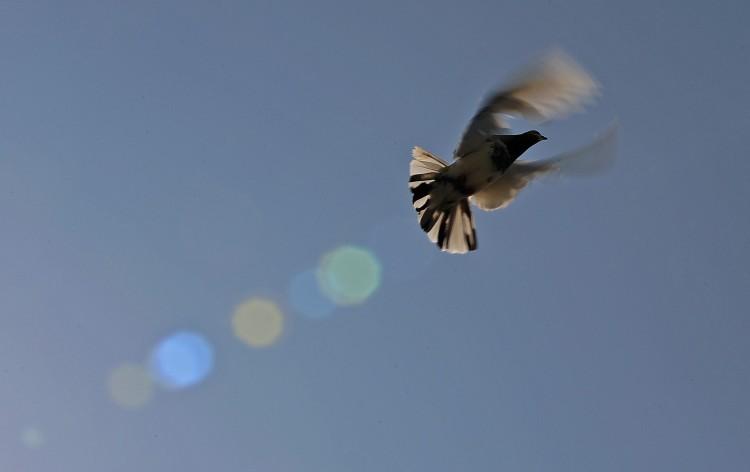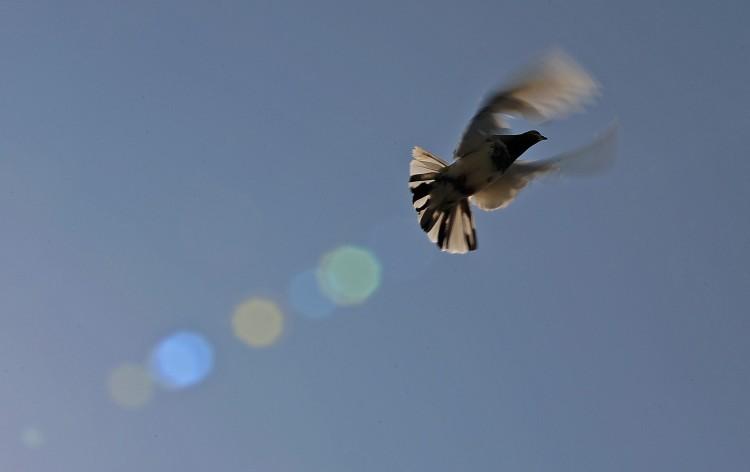Homing pigeons that disappeared during two 1998 races could not hear the infrasound signal from their roost.
Jon Hagstrum at the U.S. Geological Survey came up with a solution to find out why after being reminded of a lecture by Bill Keeton while studying at Cornell University.
Keeton had researched how pigeons successfully traveled from remote, unfamiliar sites, but often had difficulties from three sites in New York and New Jersey: Castor Hill, Weedsport, and Jersey Hill.
Pigeons released from the first two sites always took the same wrong turn, while birds released at Jersey Hill tended to leave randomly, except on Aug. 13, 1969, when they all came home.
“Bill asked if we geologists had an idea what might be going on at these sites,” after working out that there were no magnetic field disturbances, Hagstrum said in a press release.
Hagstrum discovered pigeons can hear infrasound, and wondered whether they can detect the low frequency signal from their loft. He checked the meteorological conditions on those days, and discovered this signal was diverted by the atmosphere.
Hagstrum calculated how infrasound traveled from the loft through the atmosphere to find out if Jersey Hill was shaded from the signal, and how it was channeled by the wind and local terrain to Castor Hill and Weedsport.
On all the errant days, the signal went high into the atmosphere, but on Aug. 13, 1969, it was guided directly to the site.
At Castor Hill and Weedsport, the terrain and winds had diverted the infrasound, making it approach the release site from the wrong direction.
“I am a bit surprised that after 36 years I finally answered Bill Keeton’s question to the Cornell Geology Department,” Hagstrum concluded, adding that he was glad he could use Keeton’s data to do so.
The findings were published in The Journal of Experimental Biology at http://jeb.biologists.org.
The Epoch Times publishes in 35 countries and in 21 languages. Subscribe to our e-newsletter.






